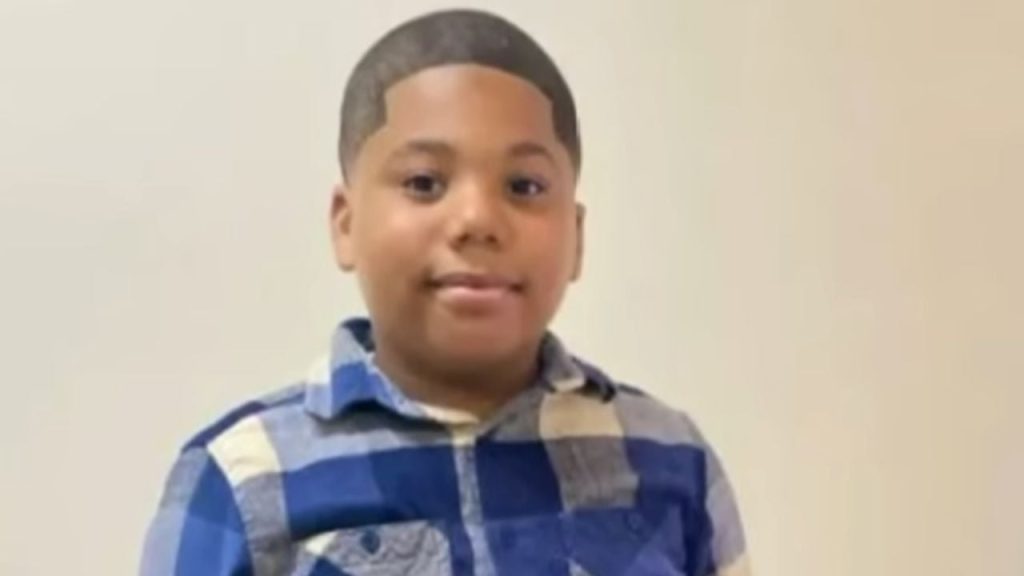
The shooting and injury of 11-year-old Aderrien Murry by a police officer in Indianola, Mississippi, has raised questions about the difficulty in obtaining body camera footage in the city. Despite the family’s demand for transparency and the release of the body camera footage, the Mississippi Bureau of Investigation has stated that it won’t be used while the investigation is ongoing.
The shooting of Aderrien Murry shocked the community and ignited concerns about the actions of the police officer involved. Aderrien, who stood at only 4’10” and was unarmed, was shot and wounded by the officer. The incident occurred when the officer, who is Black, responded to a 911 call involving Aderrien’s mother and her ex-boyfriend.
His family and attorney argue that the officer acted without proper assessment, resorting to shooting first and asking questions later.
Aderrien provided a harrowing account of the incident, describing how he was awakened by a deep voice and his mother’s cries for help. Acting quickly, he called the police and his grandmother.
The aftermath of the shooting left Aderrien with severe injuries, including a collapsed lung, fractured ribs, and a lacerated liver. He required extensive medical treatment at the University of Mississippi Medical Center, including using a ventilator and a chest tube.
Where’s The Body Cam Footage?
The family demands the release of the body camera footage to shed light on the events leading to the shooting. However, laws surrounding body camera footage do not compel its public release, as stated by the National Conference of State Legislatures. This lack of transparency and access to crucial evidence deepens the frustration and distrust experienced by the Murry family and the Indianola community.
Murry’s family and their attorney also seek the termination and charging the police officer involved, Greg Capers. Despite being named “Policeman of the Year” in Indianola, Capers has been placed on paid administrative leave pending the investigation.
Indianola, Mississippi, has a history of police brutality incidents, particularly affecting Black individuals. Disturbingly, very few of these incidents have resulted in the release of body camera footage, further exacerbating the community’s lack of accountability and justice.
Another case involving police brutality and families fighting back is the assault and death of Tyre Nichols, a Memphis native. Nichols was beaten by five Memphis police officers and succumbed to his injuries three days later.
Following his death, Nichols’ family filed a lawsuit against the City of Memphis and their police department, seeking $550 million in damages. These cases underscore the urgency for accountability and justice in law enforcement.
The Story Of Ralph Yarl
In another tragic incident, a 16-year-old named Ralph Yarl from Kansas City, Missouri, was shot by an older white man after knocking on his door while looking for his younger siblings. This case highlights the need for accountability and proper handling of situations involving civilians, especially minors.
